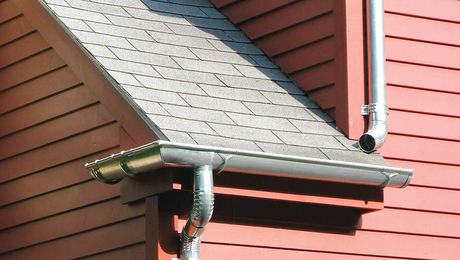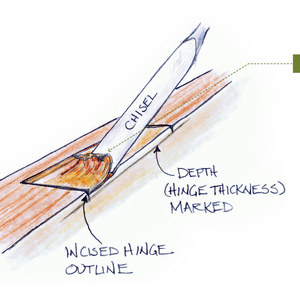Building code history question: When did the requirements on wiring i.e. romex vs tube, etc.
When: did the codes change to ban the old tube insulators, and requre Romex; When did the ground wire become required; GFCI Outlets in kitchens and baths; when did breakers replace fuses?
I’m the Facilities Engineer on a National Forest, with over 400 buildings, most dating from the 1930s when they were constructed by the CCCs. I’m trying to get a timeline of what was required when, so I have some idea what we are going to find when we open up the buildings to work on them. Down throught the years the original drawings and specs have been retained, but many of the details of what was done during upgrades, and remodels has been lost. I do typically know what year work was done, and it is supposed to have been done in accordance with building codes.
Any help folks can give would be greatly appreciated.



















Replies
jigs
Boy, good luck with this............
First off, the codes for residential and commercial will be different-when that came about is maybe the first question needs answered.
In conjunction with that, do you know if these facilities (or all federal work) would be universally regulated by the state or local (interpreted by or solely adopted) code jurisdictions?
You know the usual disclaimer-consult your local Authority Having Jurisdiction.
I can probably come up with the time periods of houses in my area of work for the past 40 years (as to the era's of knob and tube, the early stages of romex, grounds (both that loosely wrapped around a box and the real dedicated ground etc) and things of that sort..............but I'd hardly take it for gospel and apply it where you are the manager.
I'd go find the oldest electrician or building official and start there................
or
would the army corp of engineers have these answers?
Exempt from local jurisdiction
Government buildings on government property are exempt from state and local jurisdiction. And the two counties the Forest is located in only adopted building codes and code enforcement a decade ago, when the State Legislature mandated that they had to. The enforcement is lacadaisical at best. There are no requirements that "contractors" be licensed, so it really is still the willd, wild, west.
I recently asked the City/County Builindg department manager/inspector wherre I live what he would want to see for plans, if I connect the roof lines of my carport to my garage. He gave me a surprised look, and said that normally the only way he'd find out about somone doing something like that is if he happened to drive by when they were working on it.
Techincally, as the Facilities Engineer, I am the AHJ. I am a P.E., and have have passed the Residential and Commercial Combination inspector tests, and am working on the Code Manager tests. So far as the old timers, most that actually worked on the buildings are long dead, A "new" building was one built in the early sixties. The newest building I have was built in 1973. The sons of some of them are still working. but, they have no idea what was done.
The Forest Serrvice has always adopted the National Electrical Codes, and was an early adopter of tthe Interrnational Code Council. The Forest Services Forest Products Lab, did much of the research that is the foundation of what is included in the structural section of the code, and we get technical bulletins from them on best practices years before their findings make it into code.
Yeah, I think you're going to have a lot of trouble. Some areas moved ahead with the code much earlier than others, and some electricians always used the latest while others were set in their ways and had to be pushed kicking and screaming into using new techniques and materials.
In general you can only establish a 10-20 year range for a given fundamental code change. Eg, the switch to 3-prong outlets would have fallen roughly (educated guess) 1960-1975. Romex with an included ground (though woefully undersized) was maybe 10-15 years earlier.
The switch from K&T to romex will be hardest to pin down, since both techniques were apt to be used in the same new construction -- K&T for main runs and (2-wire) romex for side runs.
And no telling what "code" the CCC guys adhered to.
(And some time consider how a "3-way" switch setup would have been done, K&T style.)